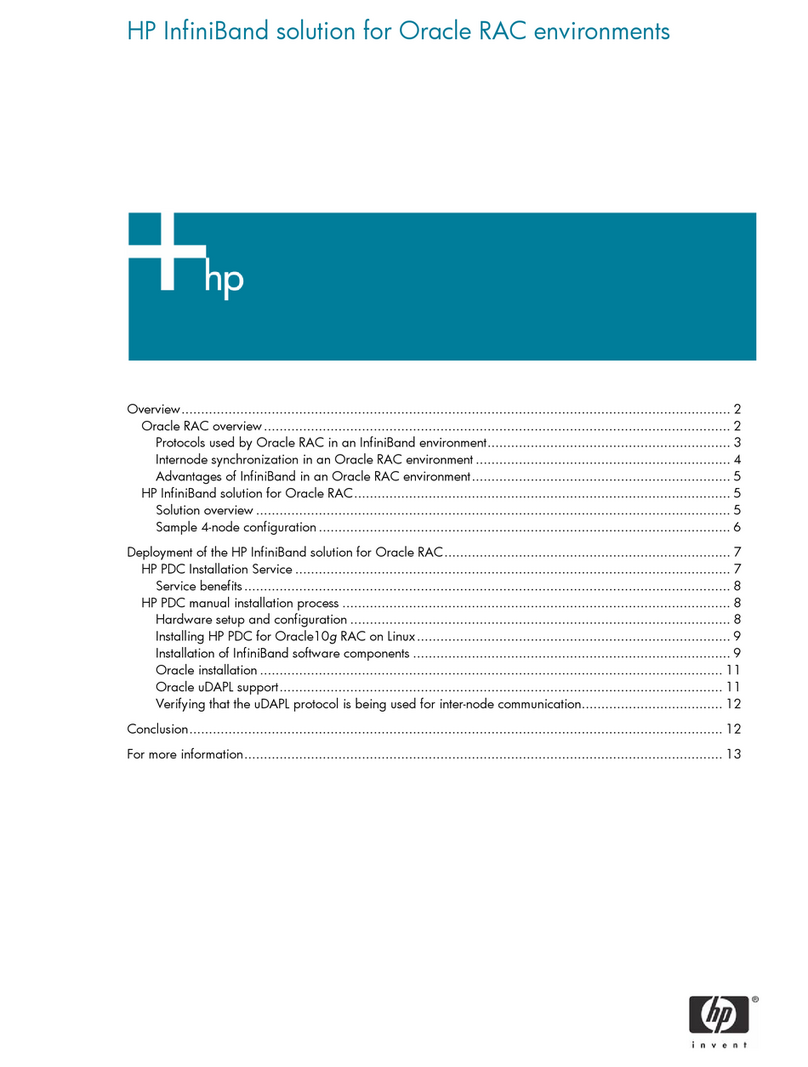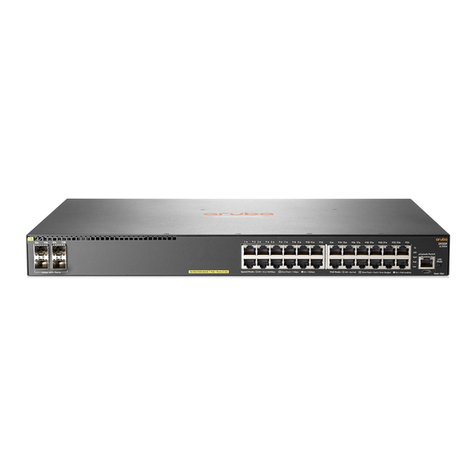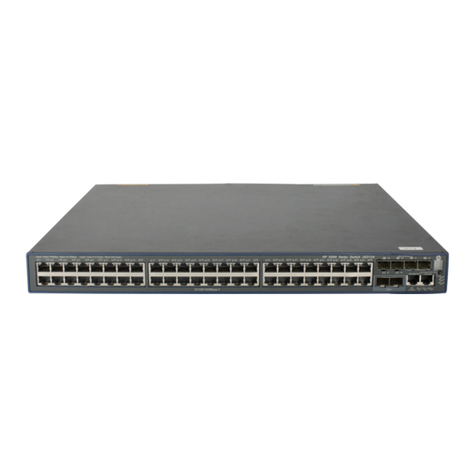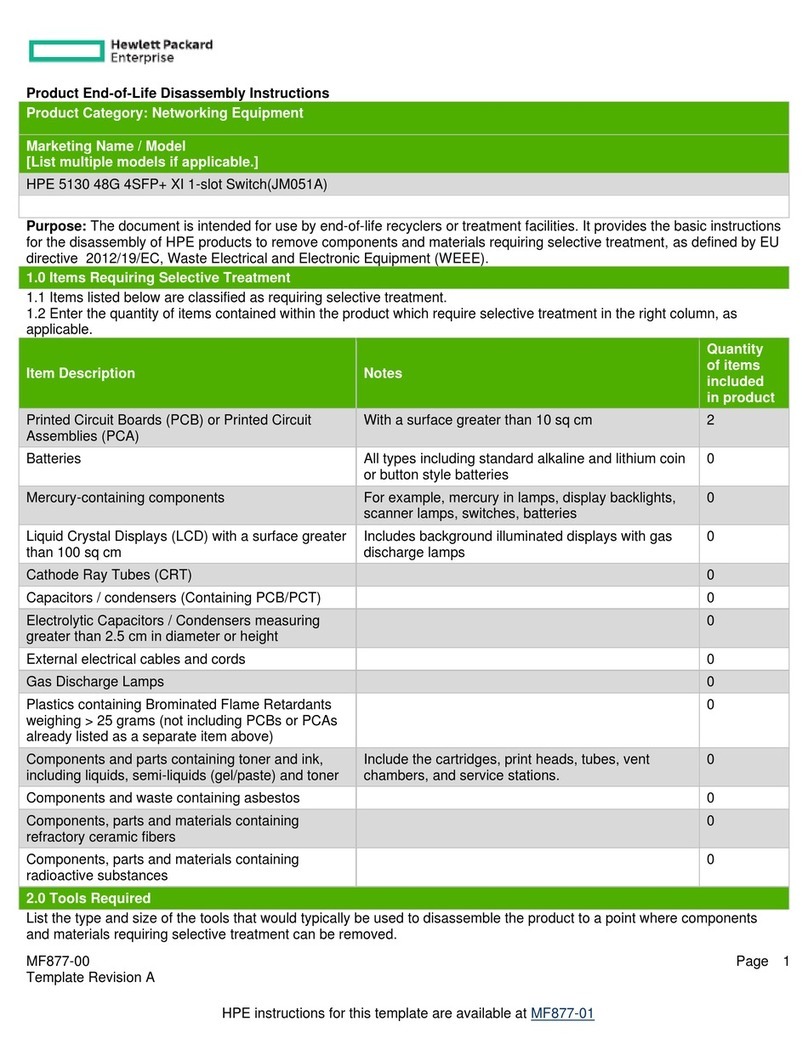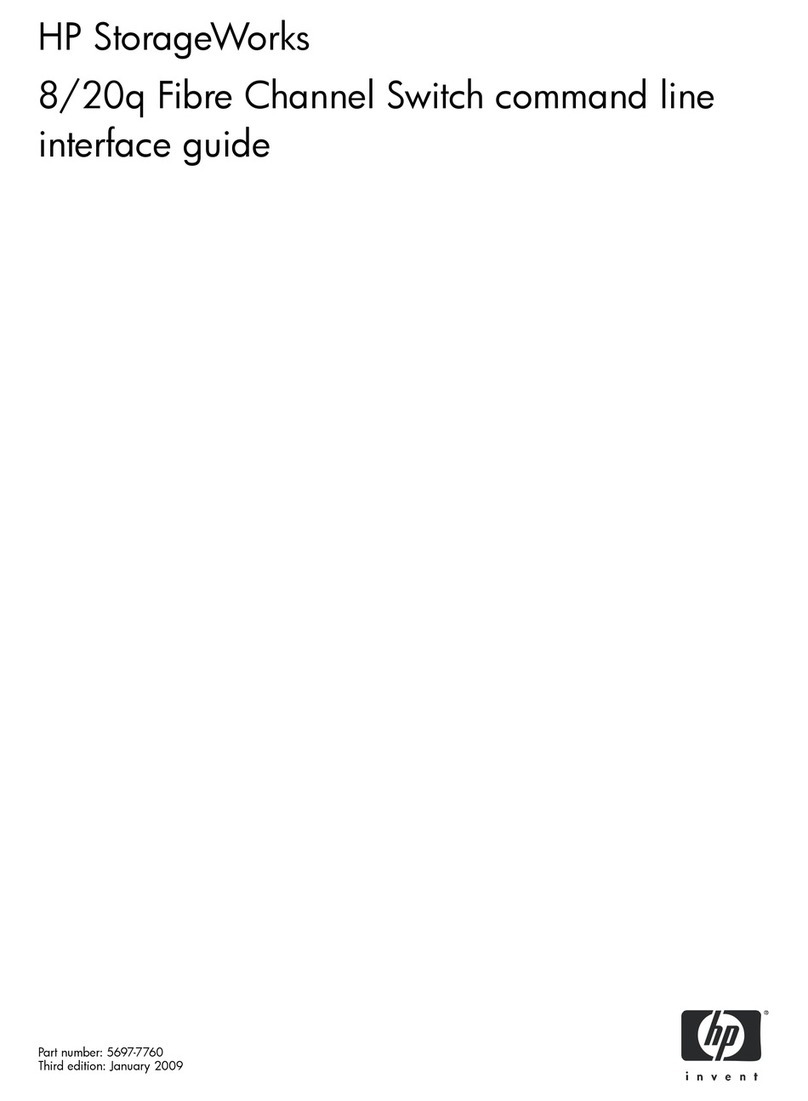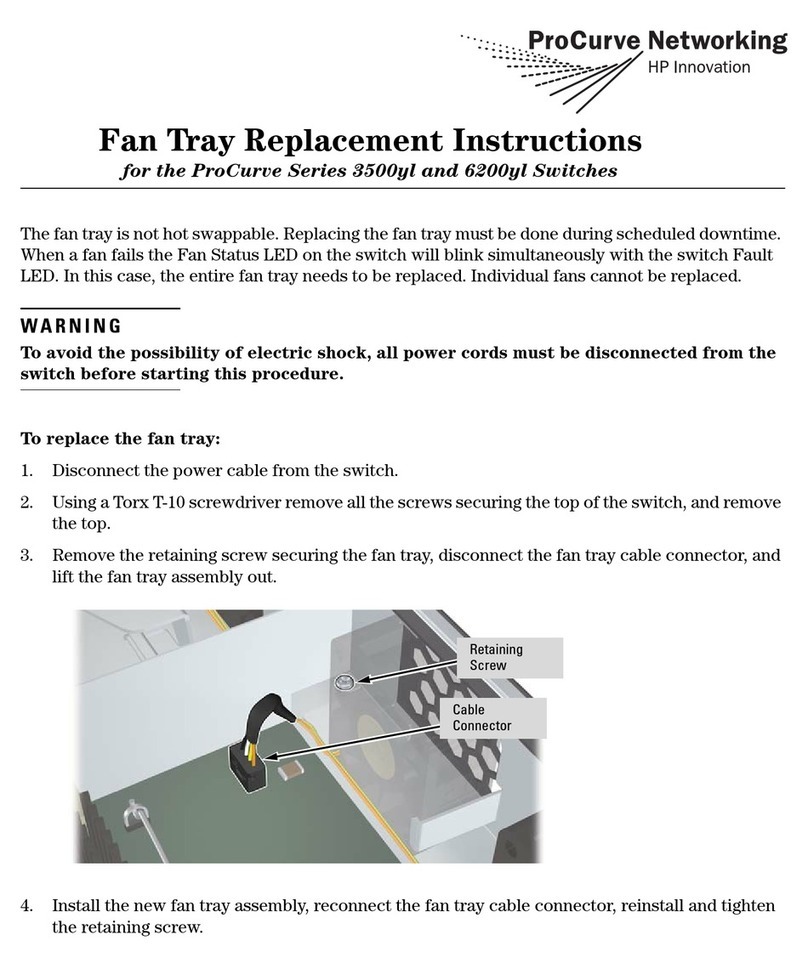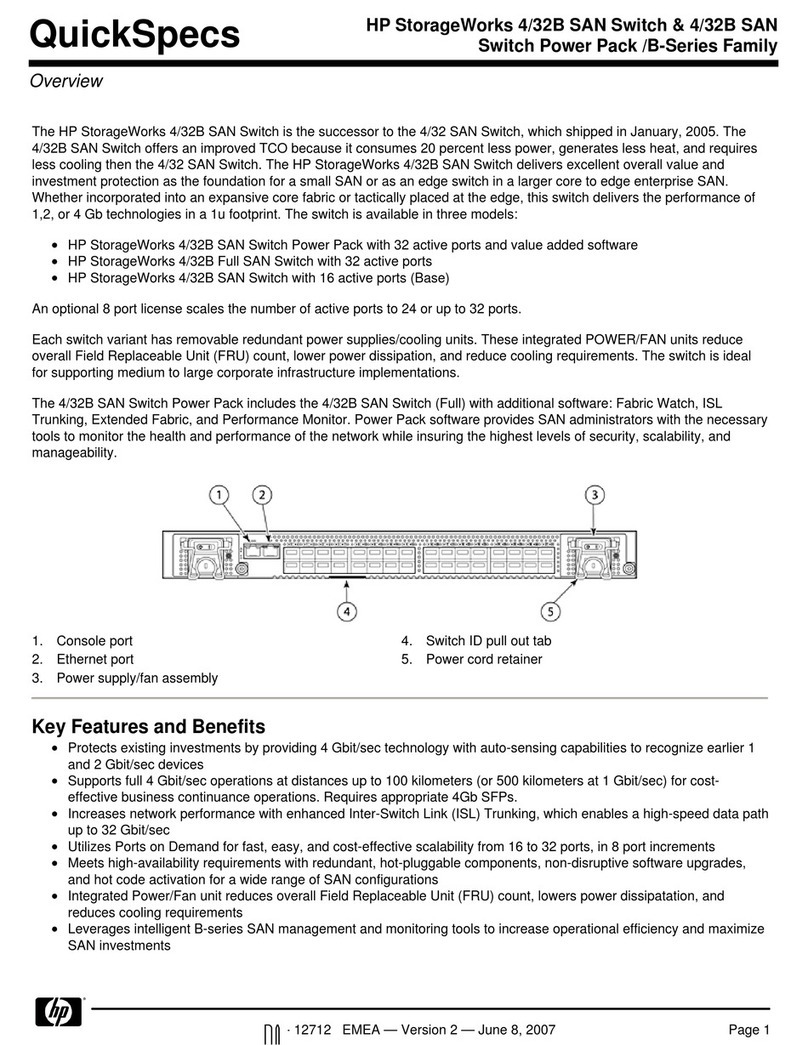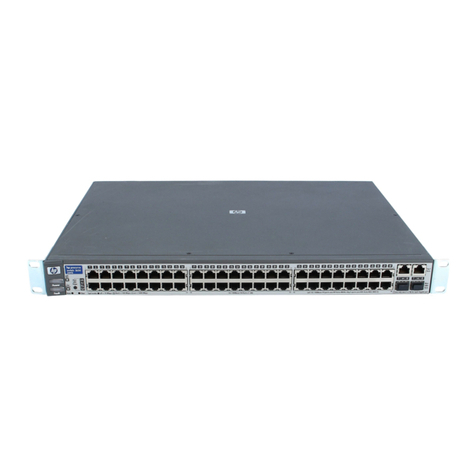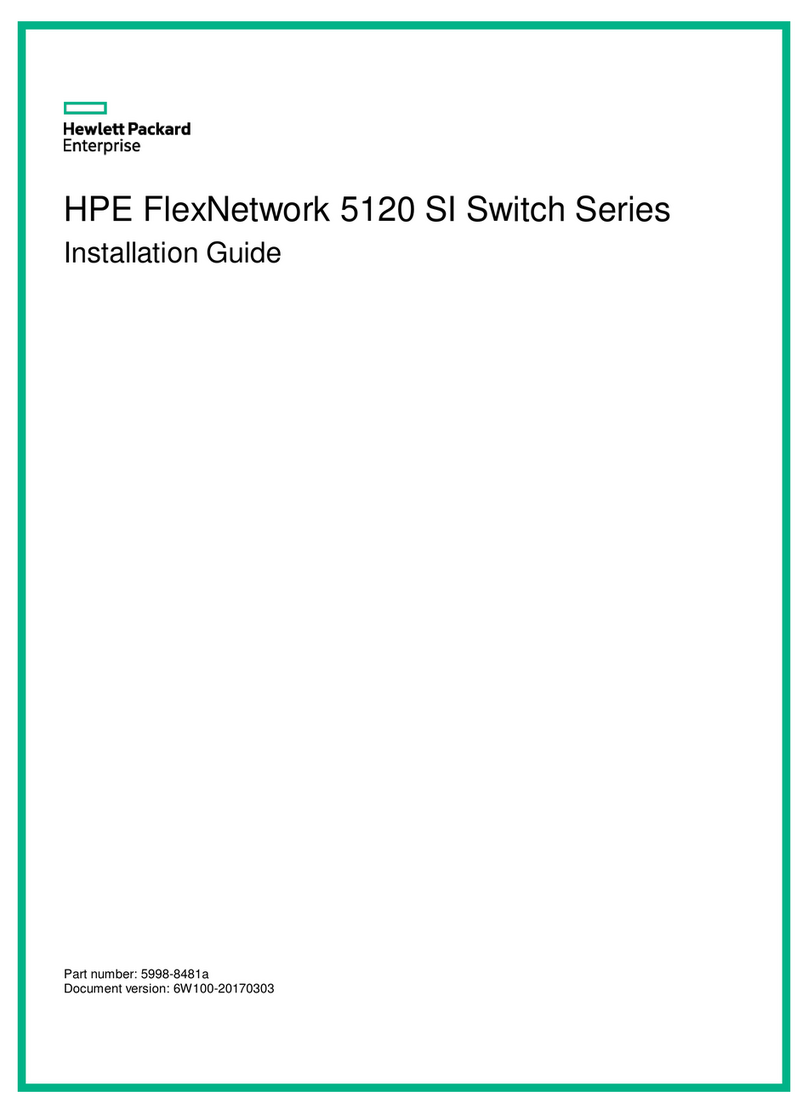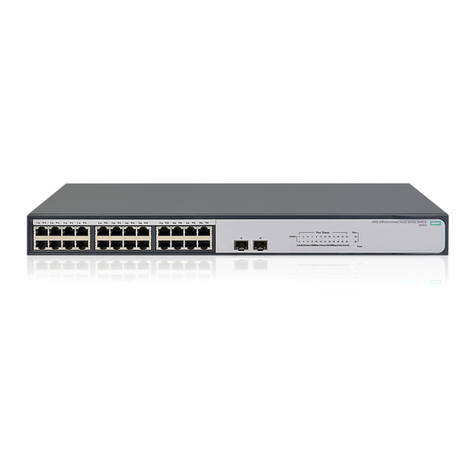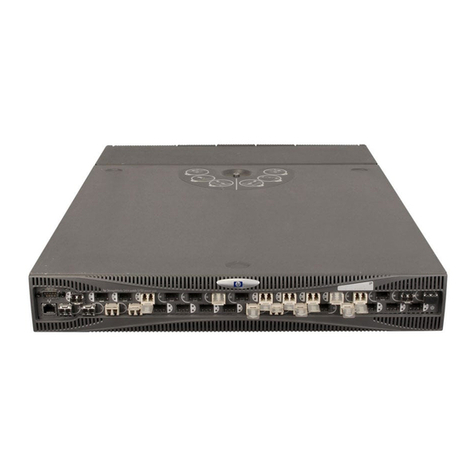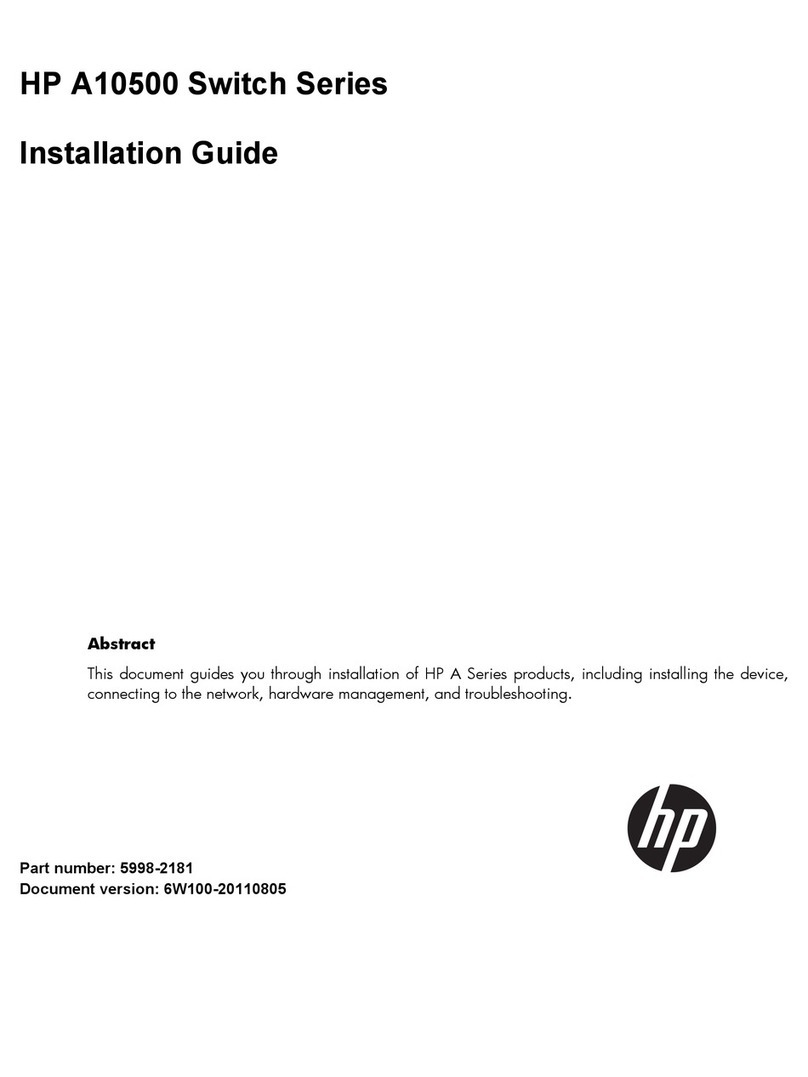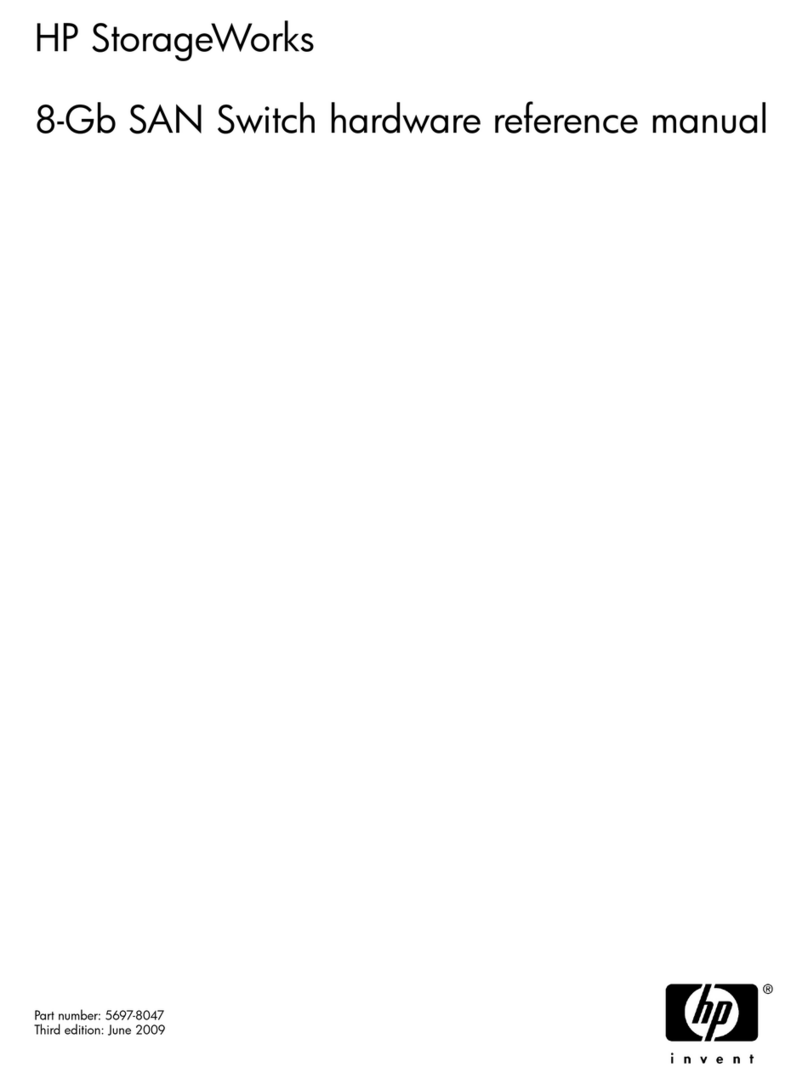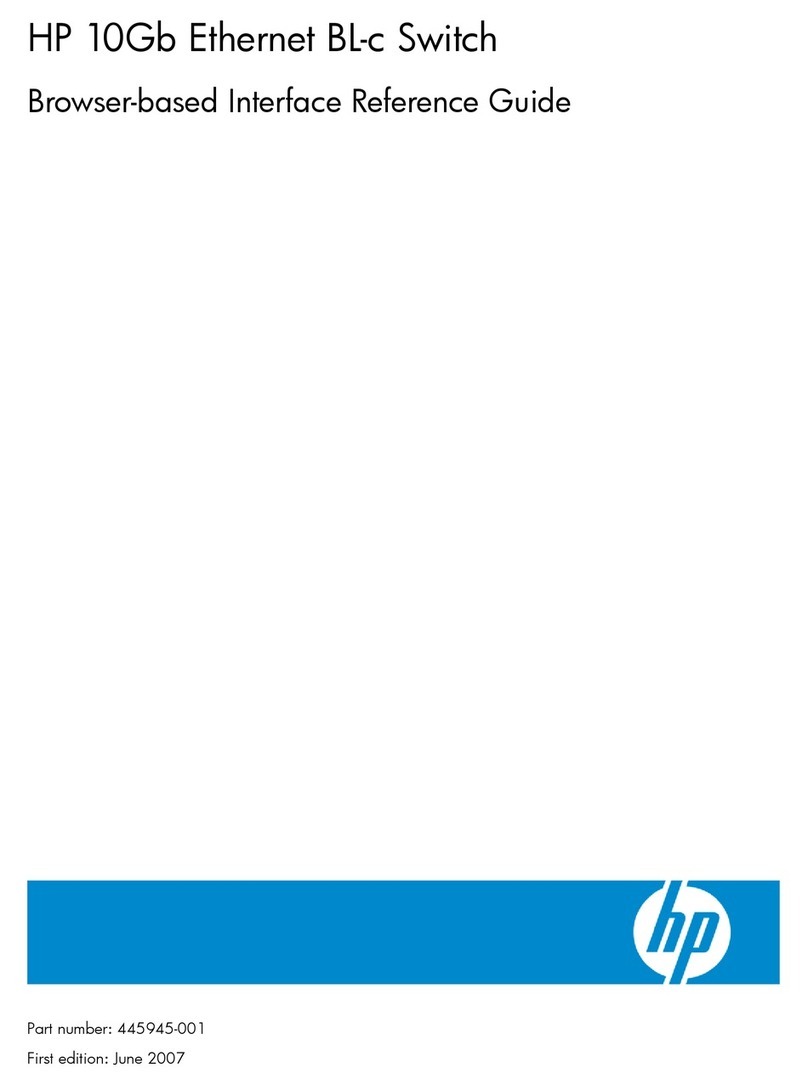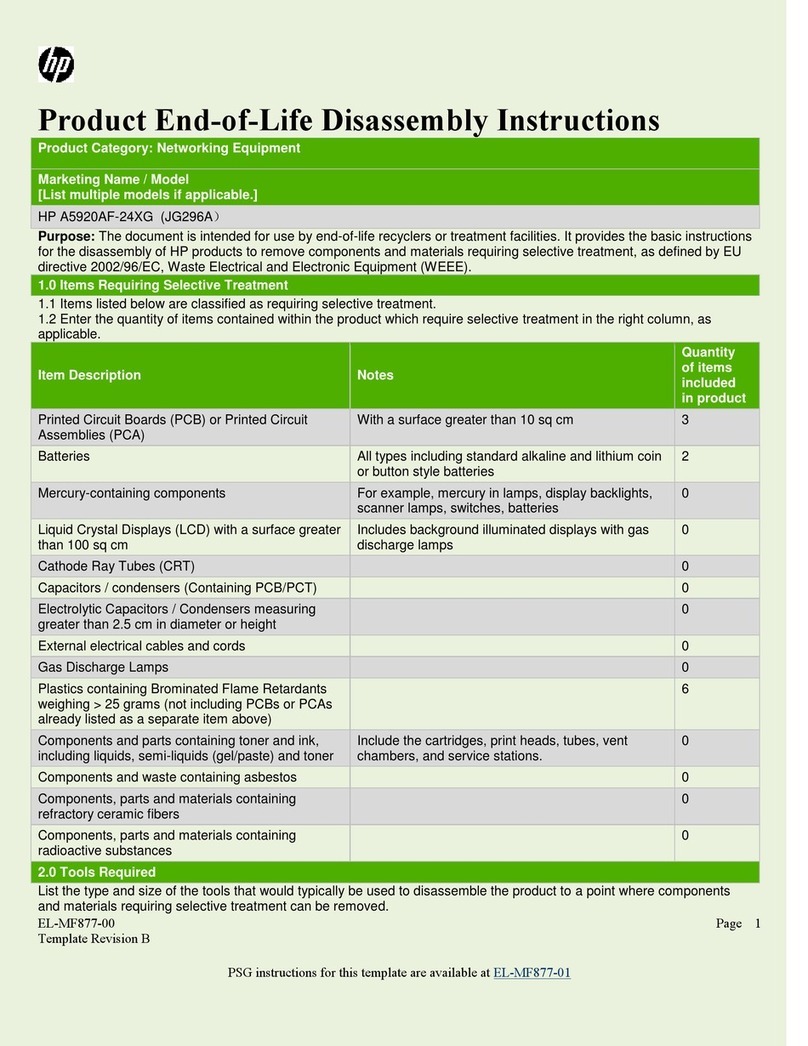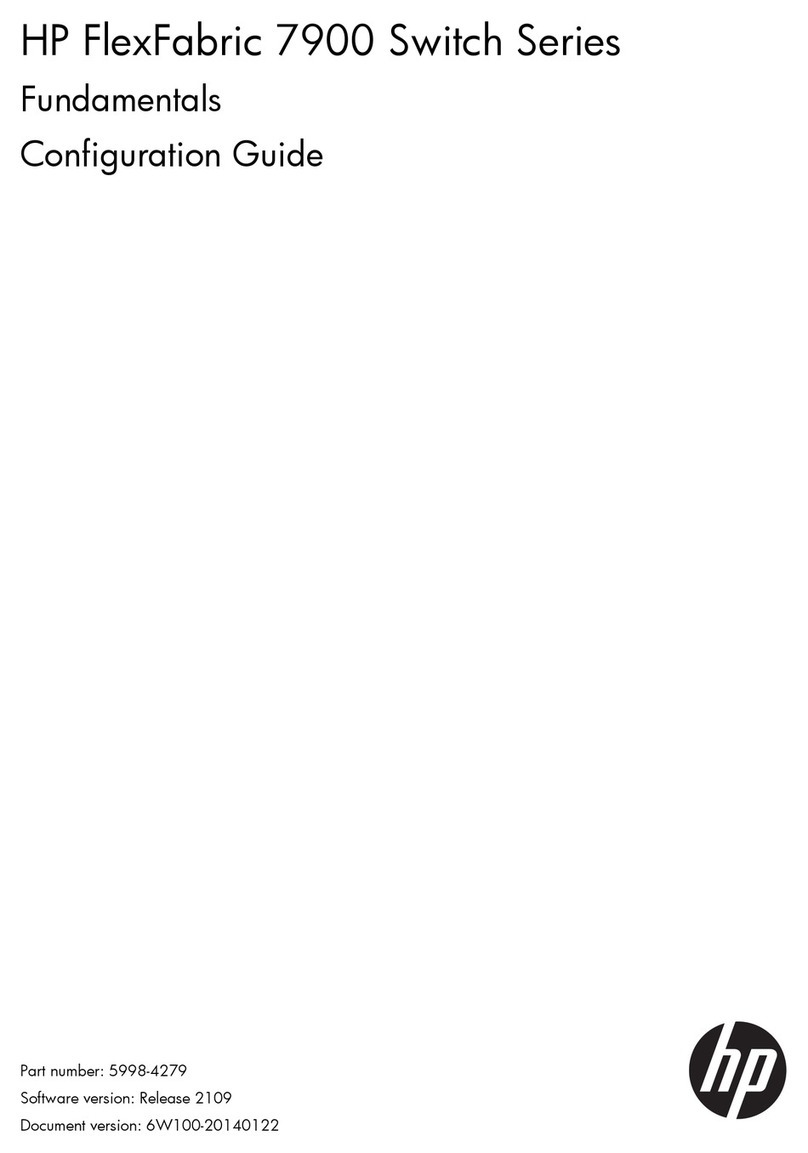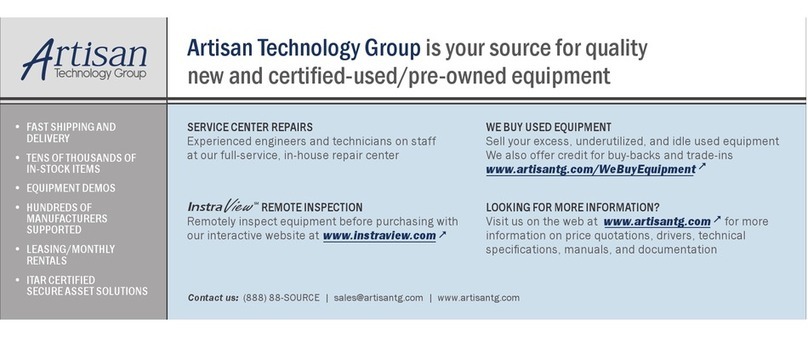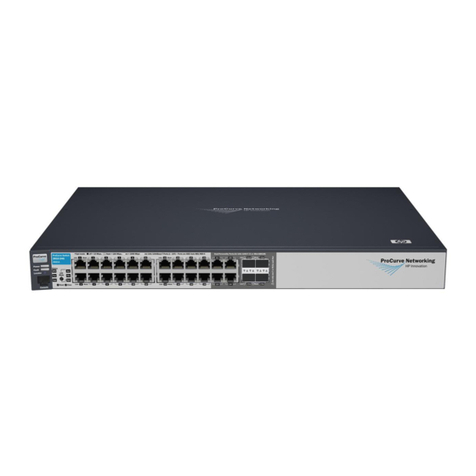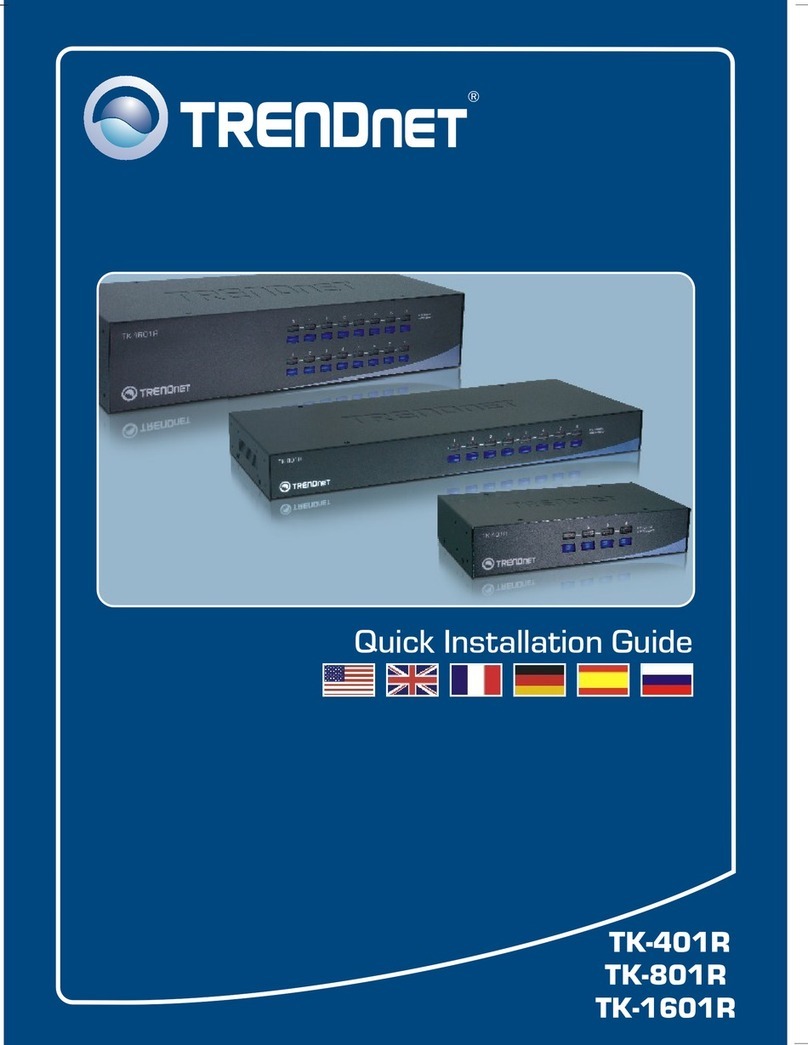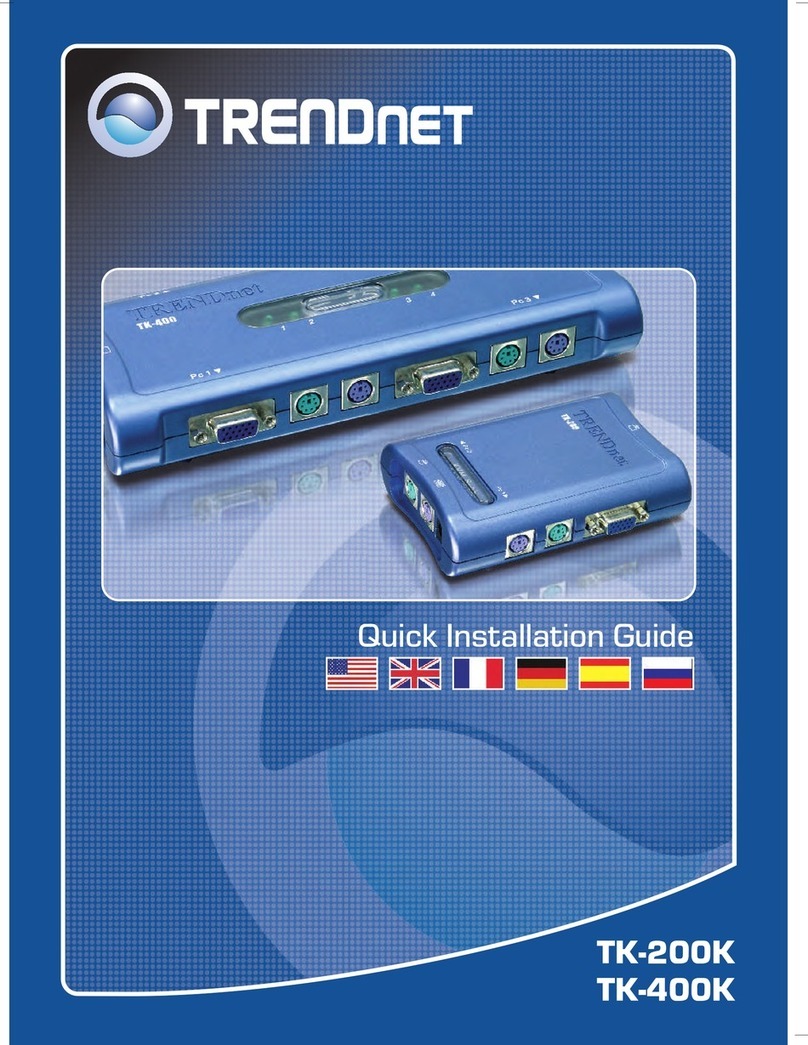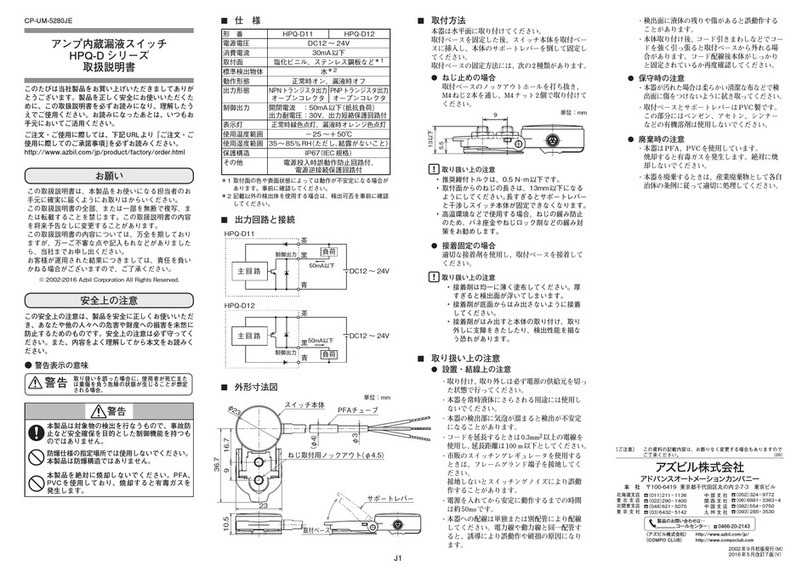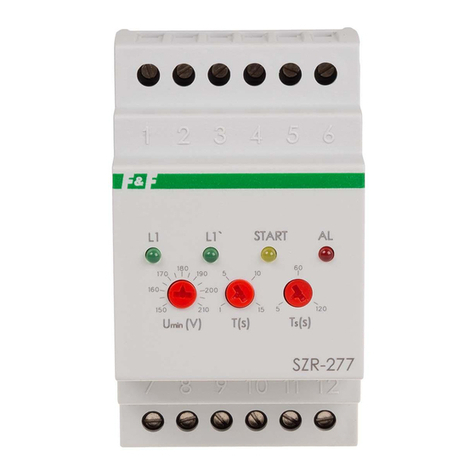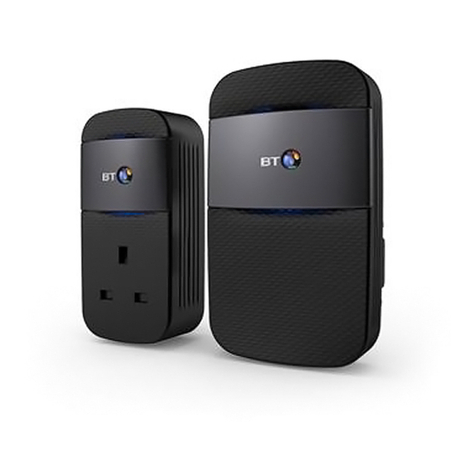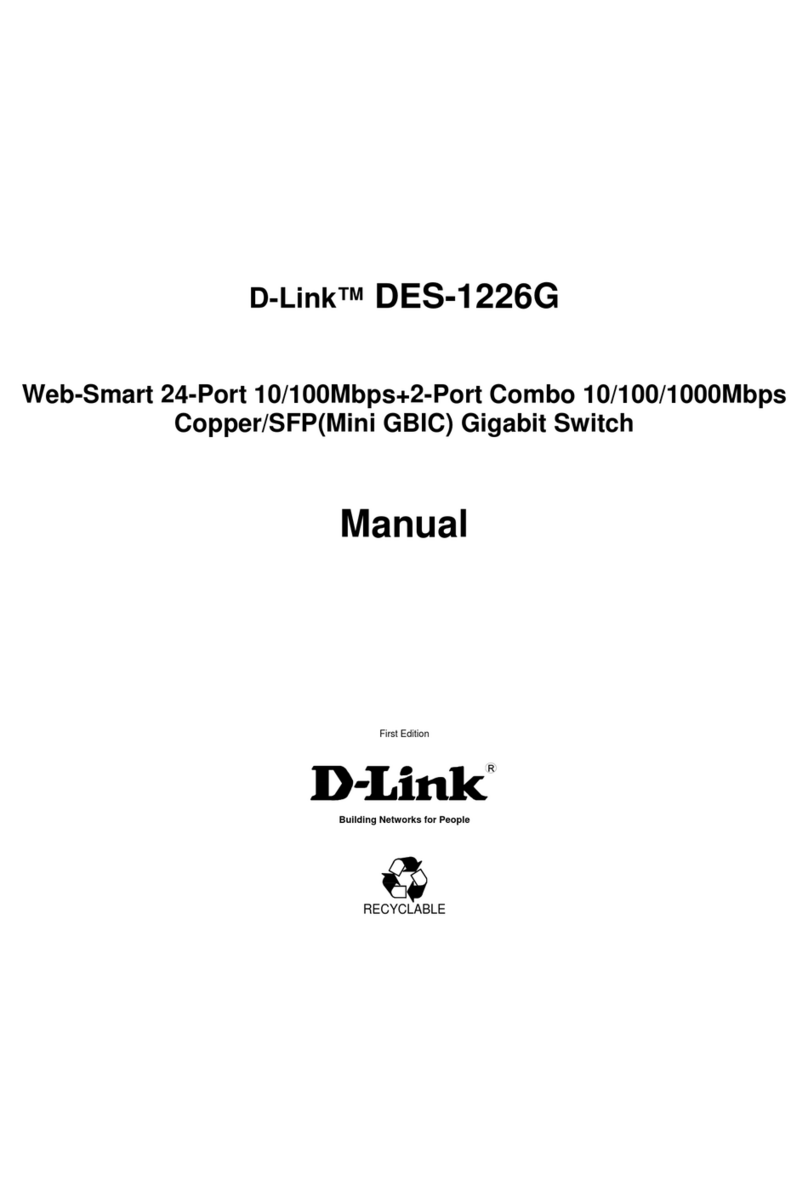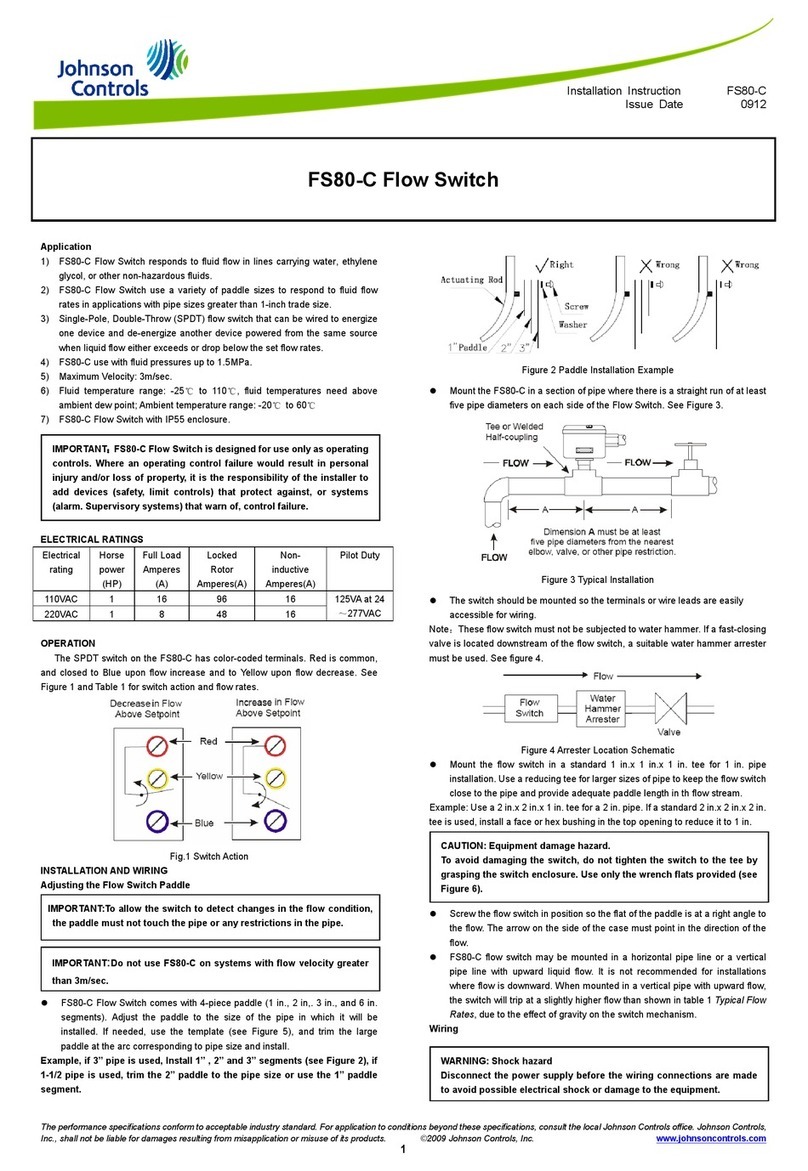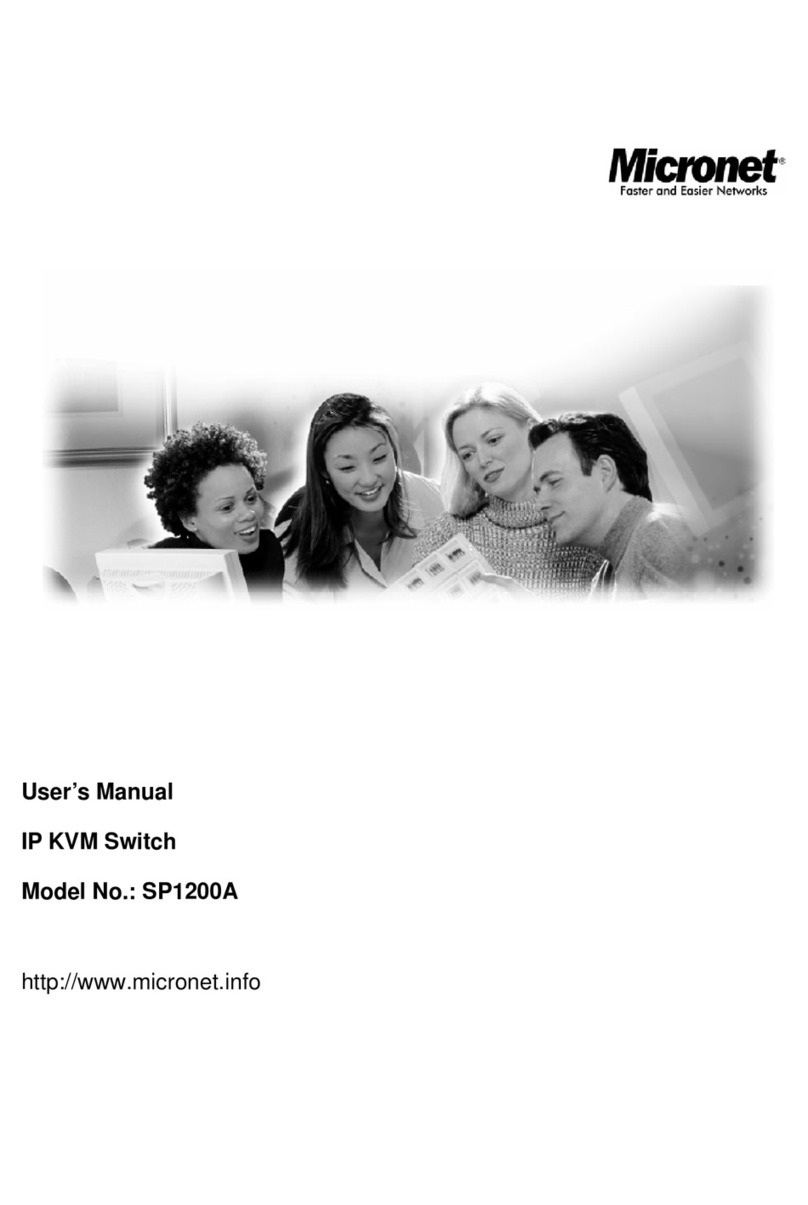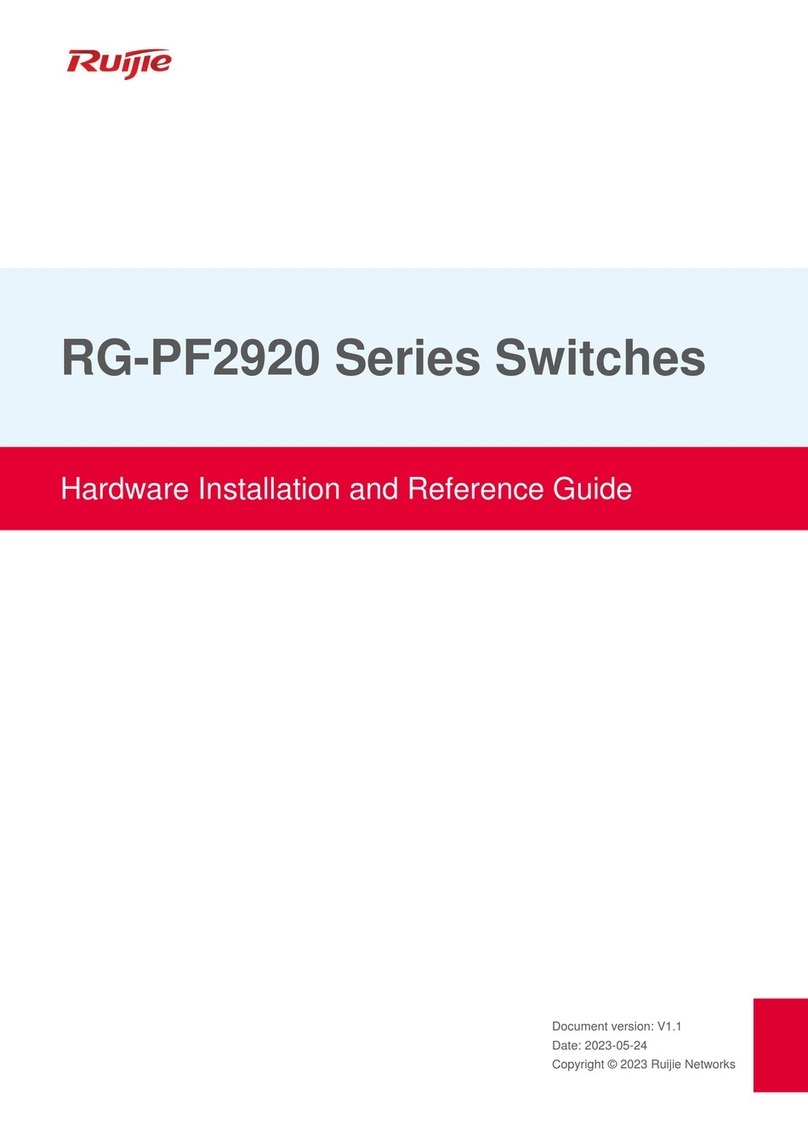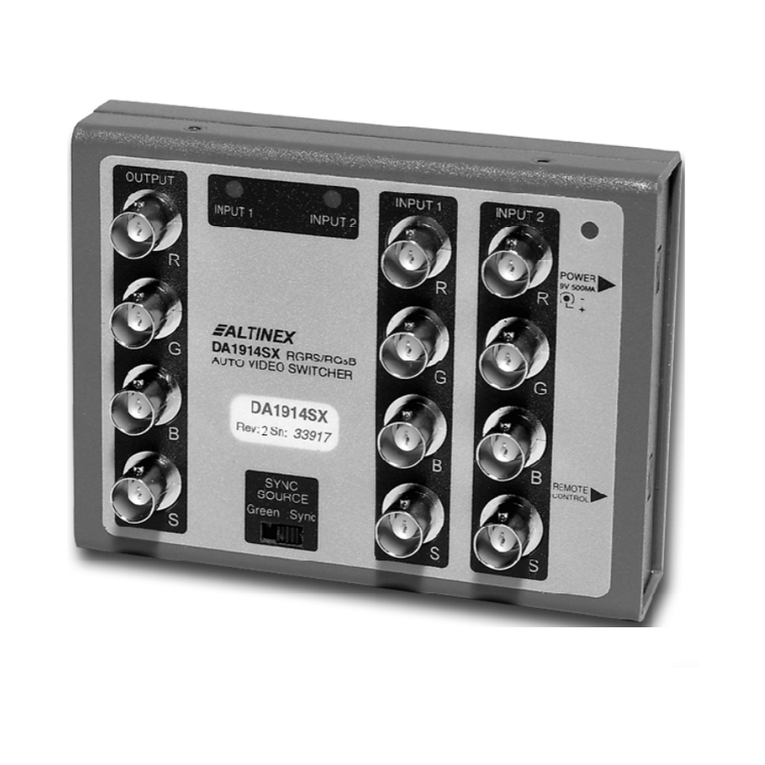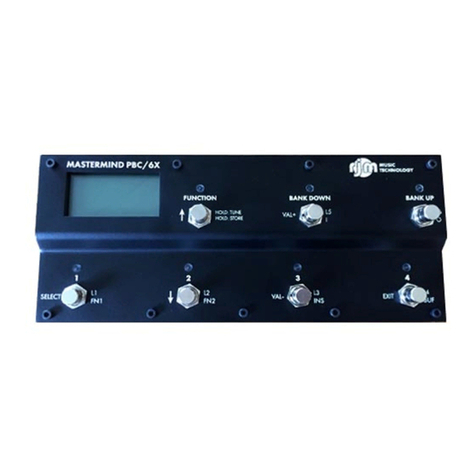
ii
Types of priorities ·················································································································································· 22
Priority mapping tables········································································································································· 22
Priority trust mode on a port································································································································· 23
Priority mapping procedure ································································································································· 23
Priority mapping configuration task list ······················································································································· 24
Configuring a priority mapping table·························································································································· 24
Configuring the priority trust mode ······························································································································ 24
Changing the port priority of an interface ·················································································································· 25
Displaying and maintaining priority mapping············································································································ 25
Priority mapping configuration examples···················································································································· 25
Priority trust mode configuration example ·········································································································· 25
Priority mapping table and priority marking configuration example ······························································ 26
Configuring traffic policing, traffic shaping, and rate limit ····················································································30
Overview········································································································································································· 30
Traffic evaluation and token buckets··················································································································· 30
Traffic policing······················································································································································· 31
Traffic shaping ······················································································································································· 32
Rate limit································································································································································· 32
Configuring traffic policing··········································································································································· 33
Configuring GTS ···························································································································································· 34
Configuring the rate limit ·············································································································································· 35
Displaying and maintaining traffic policing, GTS, and rate limit············································································· 35
Traffic policing and GTS configuration example········································································································ 35
Network requirements··········································································································································· 35
Configuration procedures····································································································································· 36
Configuring congestion management ······················································································································39
Overview········································································································································································· 39
Causes, impacts, and countermeasures·············································································································· 39
Congestion management techniques ·················································································································· 39
Congestion management configuration task list········································································································· 43
Configuring SP queuing ················································································································································ 43
Configure WRR queuing ··············································································································································· 43
Configuring WFQ queuing··········································································································································· 44
Configuring SP+WRR queuing ····································································································································· 45
Configuring SP+WFQ queuing ···································································································································· 46
Configuring congestion avoidance···························································································································48
Overview········································································································································································· 48
WRED configuration overview······································································································································ 48
Configuration approaches ··································································································································· 49
Parameters······························································································································································ 49
Configuring WRED ························································································································································ 49
Displaying and maintaining WRED ····························································································································· 49
WRED configuration example ······································································································································ 50
Network requirements··········································································································································· 50
Configuration procedure ······································································································································ 50
Configuring traffic filtering ········································································································································51
Configuration procedure··············································································································································· 51
Configuration example·················································································································································· 52
Configuring priority marking·····································································································································53
Configuration procedure··············································································································································· 53
Priority marking configuration example······················································································································· 54
Network requirements··········································································································································· 54
